Supercharge your career with our premium knowledge-sharing initiative.
We offer a powerful lineup of FREE bootcamps designed to equip you with the latest in-demand skills.

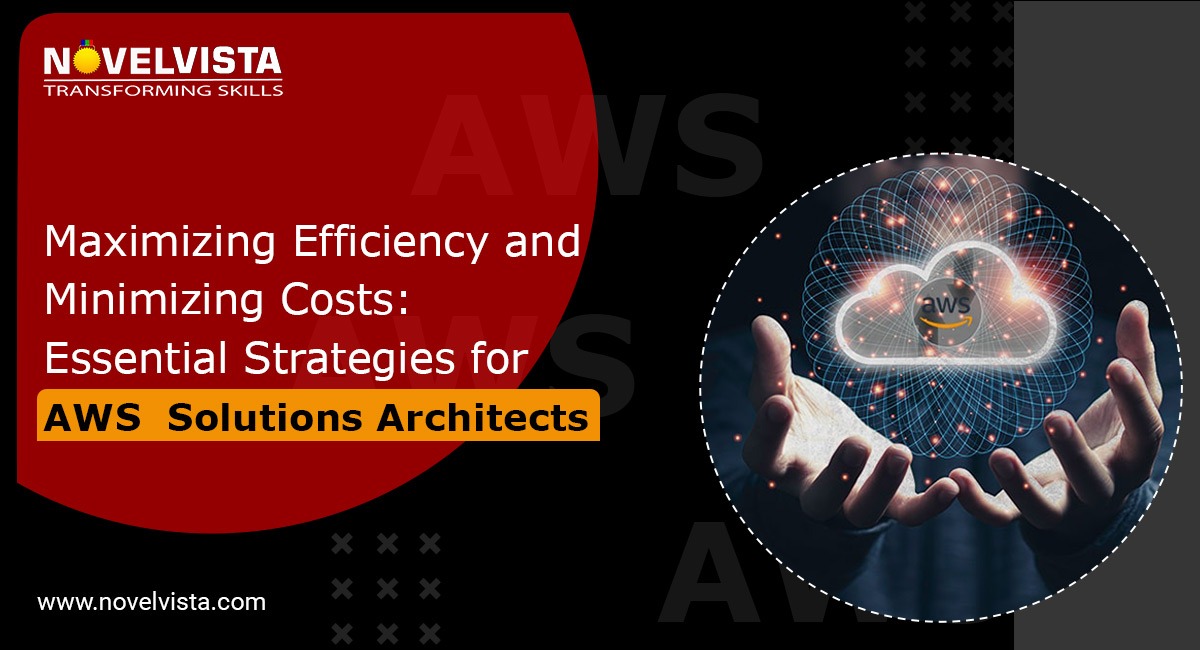
As an AWS Solutions Architect, it is crucial to have a deep understanding of the various aspects of Amazon Web Services (AWS).
One of the key areas that requires attention is cost optimization. In this article, we will explore essential strategies that can help AWS Solutions Architects maximize efficiency and minimize costs.
By implementing these strategies, you can ensure that your AWS infrastructure is not only cost-effective but also highly efficient in delivering the desired outcomes.
Before diving into the strategies, it is important to understand the concept of AWS cost optimization.
AWS cost optimization refers to the process of maximizing the value obtained from AWS services while minimizing the associated costs.
As an AWS Solutions Architect, you need to strike a balance between cost efficiency and performance.
By optimizing your AWS costs, you can ensure that you are getting the most out of your AWS infrastructure without overspending.
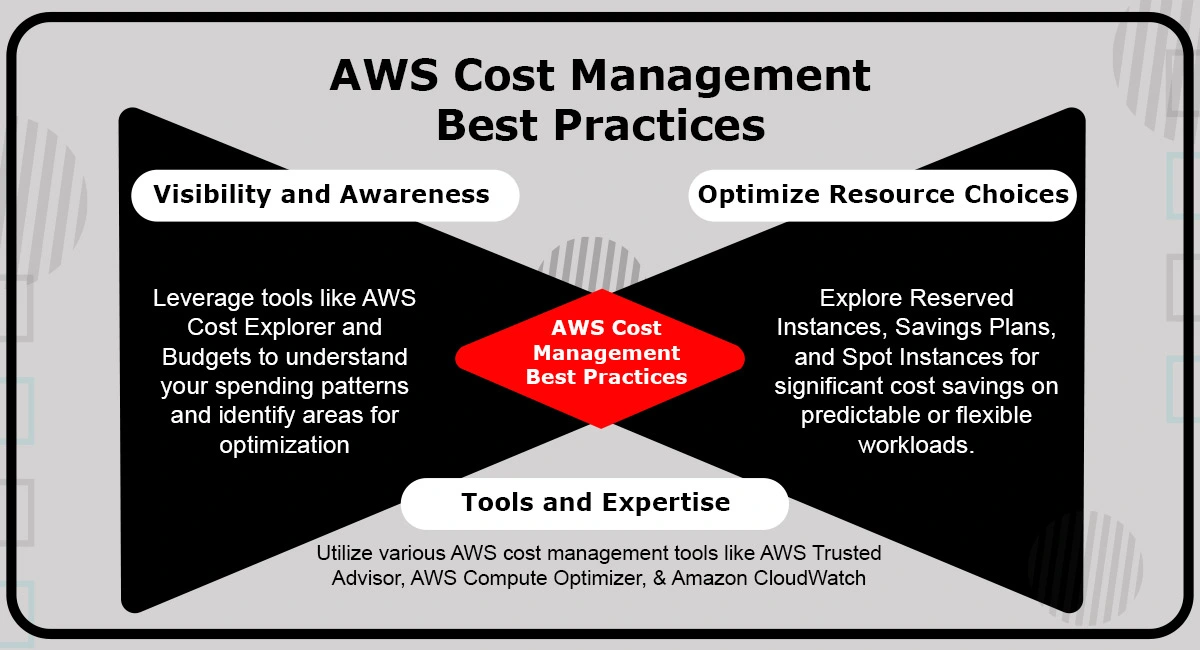
To effectively manage and optimize costs in AWS, it is essential to follow some best practices.
Firstly, it is crucial to have a well-defined cost allocation strategy that aligns with your organization's requirements.
This involves tagging resources accurately to identify their purpose and cost. By categorizing resources based on their function, you can have better visibility into your AWS cost structure.
Secondly, regularly monitor and analyze your AWS cost and usage data. AWS provides various tools and services for cost analysis, such as AWS Cost Explorer and AWS Cost and Usage Reports.
By leveraging these tools, you can gain insights into your cost patterns and identify areas where cost optimization is needed.
Lastly, it is important to establish cost optimization goals and regularly track your progress. This
can help you stay accountable and ensure that your cost-optimization strategies are effective.
Regularly review your cost optimization initiatives and make adjustments as needed to achieve your goals.
To effectively optimize your AWS costs, it is crucial to have a clear understanding of your cost and usage patterns.
AWS provides several tools and services that can help you analyze your cost and usage data.
One such tool is AWS Cost Explorer. It allows you to visualize and understand your AWS cost and usage over time.
You can create custom reports, set budget limits, and track your spending against those limits.
By analyzing your cost and usage trends, you can identify areas of high spending and take appropriate actions to optimize costs.
Another useful tool is AWS Cost and Usage Reports. It provides detailed insights into your AWS cost and usage data, including resource-level information.
You can download these reports and perform in-depth analysis using your preferred analytics tools. By diving deeper into the data, you can identify cost optimization opportunities and take proactive measures.
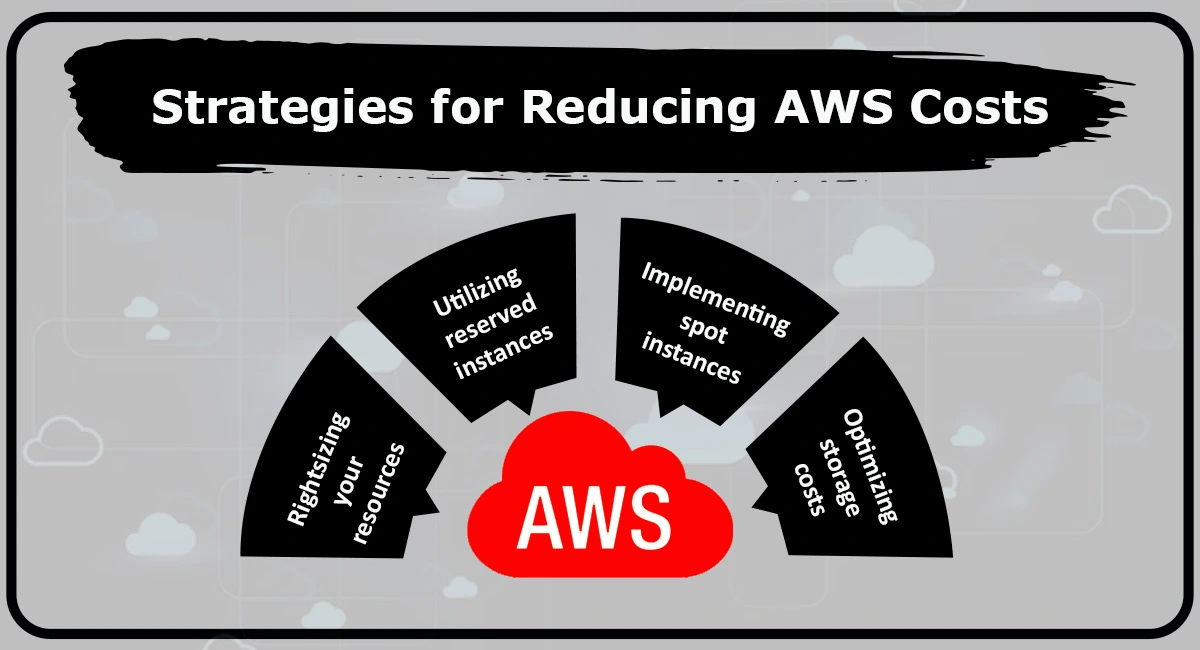
Now that you have a clear understanding of your AWS cost and usage patterns, it's time to implement strategies for reducing costs.
Here are some effective strategies that can help you optimize your AWS expenses:
Rightsizing involves matching your AWS resources to their actual requirements. Often, AWS resources are overprovisioned, leading to unnecessary costs.
By analyzing your resource usage patterns, you can identify instances that are overprovisioned and resize them accordingly. This can result in significant cost savings without compromising performance.
(RIs) allows you to reserve capacity in advance and receive a significant discount on the hourly rate.
By strategically utilizing RIs, you can achieve substantial cost savings, especially for resources that have a predictable and steady workload.
AWS offers various RI types, such as Standard RIs, Convertible RIs, and Scheduled RIs, each catering to different workload patterns.
Spot Instances are unused EC2 instances offered at a substantially reduced price compared to On-Demand instances.
By leveraging Spot Instances, you can take advantage of unused AWS capacity and drastically reduce your EC2 costs.
However, it is important to note that Spot Instances can be interrupted if the Spot price exceeds your bid. Therefore, they are best suited for fault-tolerant and flexible workloads.
AWS offers various storage options, each with its pricing model. By selecting the appropriate storage option based on your requirements, you can optimize your storage costs.
For example, frequently accessed data can be stored in Amazon S3, while infrequently accessed data can be archived in Amazon Glacier.
By aligning your storage needs with the right AWS service, you can reduce unnecessary costs.
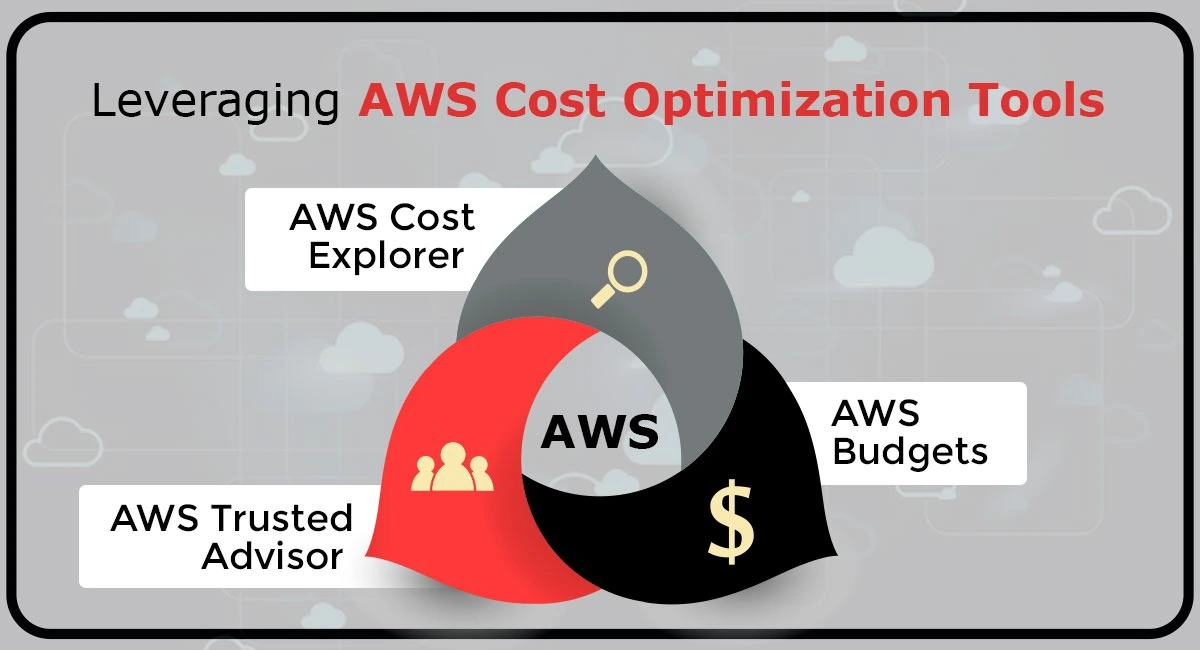
In addition to implementing cost optimization strategies, AWS provides a range of tools that can help you automate and streamline the cost optimization process.
Here are some key tools you can leverage:
AWS Cost Explorer is a powerful tool that allows you to visualize, understand, and manage your AWS costs.
It provides detailed cost and usage reports, enabling you to analyze your spending patterns and identify areas for optimization.
With Cost Explorer, you can set custom budgets, track your spending against those budgets, and receive alerts when you approach your limits. By leveraging this tool, you can gain better control over your AWS costs.
AWS Budgets is a service that helps you set, track, and manage your AWS cost and usage budgets.
With AWS Budgets, you can set monthly, quarterly, or annual spending limits for your AWS resources.
You can also define alerts to notify you when your spending exceeds certain thresholds. By actively tracking your budgets and receiving alerts, you can take proactive measures to optimize your costs and avoid unexpected expenses.
AWS Trusted Advisor is a service that provides recommendations to help you optimize your AWS infrastructure.
It offers insights across various areas, including cost optimization, performance, security, and fault tolerance.
By leveraging the cost optimization recommendations provided by Trusted Advisor, you can identify cost-saving opportunities and implement them with confidence.
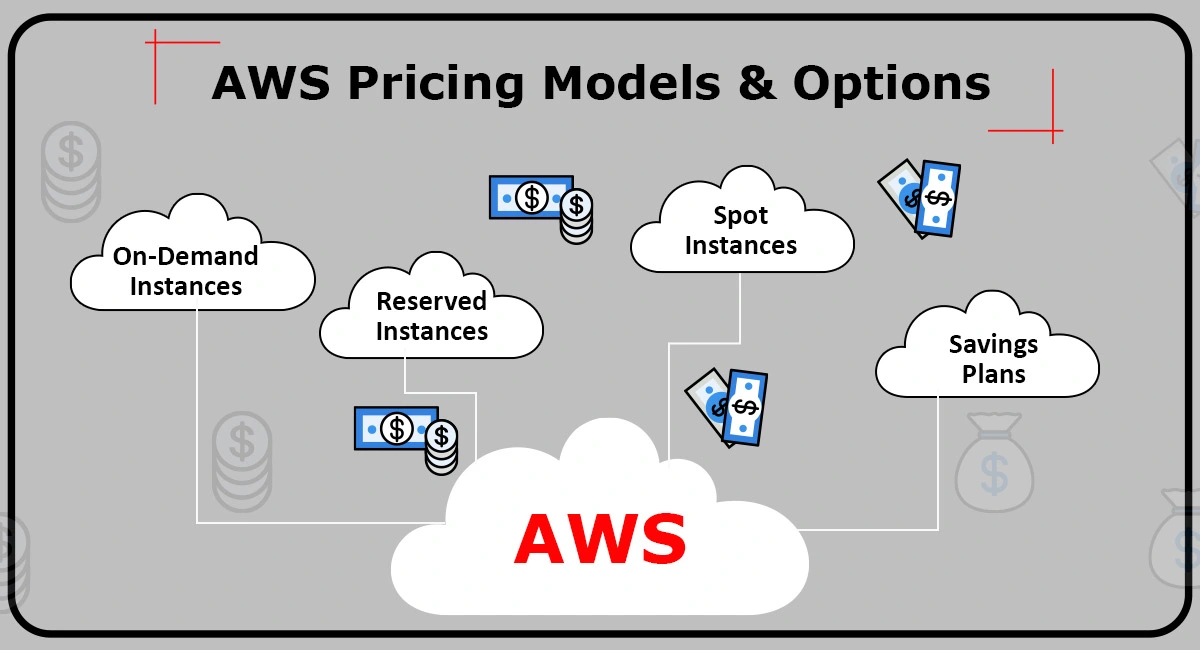
To effectively optimize costs in AWS, it is crucial to have a clear understanding of the various pricing models and options available. Here are some key pricing models and options offered by AWS:
On-demand instances are the most flexible and straightforward pricing model offered by AWS.
With On-Demand Instances, you pay for the compute capacity by the hour, without any upfront commitments.
This pricing model is suitable for workloads with unpredictable traffic patterns or short-term requirements.
Reserved Instances (RIs) allow you to reserve capacity in advance and receive a significant discount on the hourly rate.
RIs are ideal for workloads with steady and predictable usage patterns. AWS offers three types of RIs: Standard RIs, Convertible RIs, and Scheduled RIs, each providing different levels of flexibility and savings.
Spot Instances allow you to bid on unused capacity and run your instances at significantly lower prices compared to On-Demand Instances.
Spot Instances can provide substantial cost savings, but they can also be interrupted if the Spot price exceeds your bid. Spot Instances are best suited for fault-tolerant and flexible workloads.
Savings Plans are a flexible pricing model that offers significant savings on your computing usage.
With Savings Plans, you commit to a consistent amount of usage (measured in dollars per hour) for a term of 1 or 3 years.
Savings Plans provide savings similar to RIs but offer more flexibility in terms of instance family, region, and operating system.
Effective budgeting is crucial for optimizing costs in AWS. Here are some tips to help you budget effectively:
When setting budgets, it is important to be realistic and consider various factors such as expected growth, seasonality, and potential changes in your workload.
Setting overly ambitious budgets can lead to unnecessary constraints while setting too lenient budgets can result in overspending.
Take into account historical data and future projections to set budgets that align with your organization's goals.
Budgeting is not a one-time task; it requires regular monitoring and adjustments. Review your budgets periodically and make necessary adjustments based on changing business needs.
Monitor your spending against the budget and take corrective actions if you exceed your limits.
By actively managing your budgets, you can ensure that your cost optimization efforts are on track.
AWS provides various automation tools that can help you streamline your budgeting process.
For example, you can use AWS Budgets to automate the tracking of your budgets and receive alerts when you approach your limits.
You can also leverage AWS Cost Explorer to create custom reports and automate spend analysis. By automating repetitive tasks, you can save time and focus on more strategic cost optimization initiatives.
As an AWS Solutions Architect, maximizing efficiency and minimizing costs are crucial aspects of your role.
By implementing the strategies discussed in this article, you can optimize your AWS infrastructure to achieve cost-effective and high-performing solutions.
From understanding AWS cost optimization to analyzing your cost and usage, and from implementing cost reduction strategies to leveraging AWS cost optimization tools, you have the necessary knowledge and tools to excel in your role.
Remember to regularly monitor and adjust your budgets, and stay updated with the latest AWS pricing models and options.
By following these best practices, you can ensure that your AWS solutions are not only cost-effective but also highly efficient in delivering value to your organization.
Now, it's time to put these strategies into action and start maximizing efficiency and minimizing costs in your AWS solutions. Happy cost optimizing!
And if you are new in this world and want to get training to become an essential asset for organizations, make sure to check out NV AWS Certification to help you get started.
Vinay has more than 14 yrs of experience in IT Industry and has worked as Tech Head with expertise in the areas like Enterprise IT Transformation, Blockchain, Machine Learning, Artificial Intelligence, ITSM, SIAM and many more.
* Your personal details are for internal use only and will remain confidential.
 |
ITILEvery Weekend |
|---|---|
 |
AWSEvery Weekend |
 |
DevOpsEvery Weekend |
 |
PRINCE2Every Weekend |